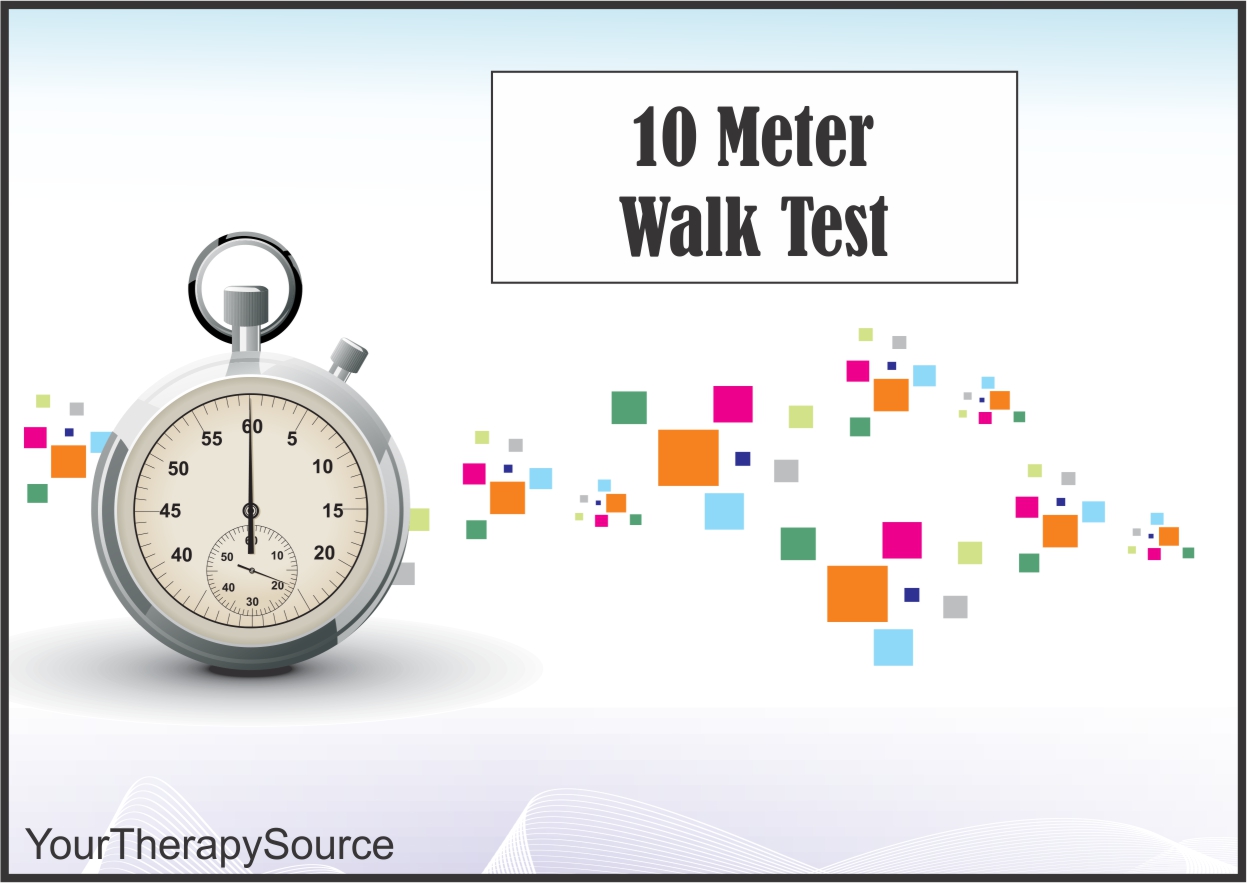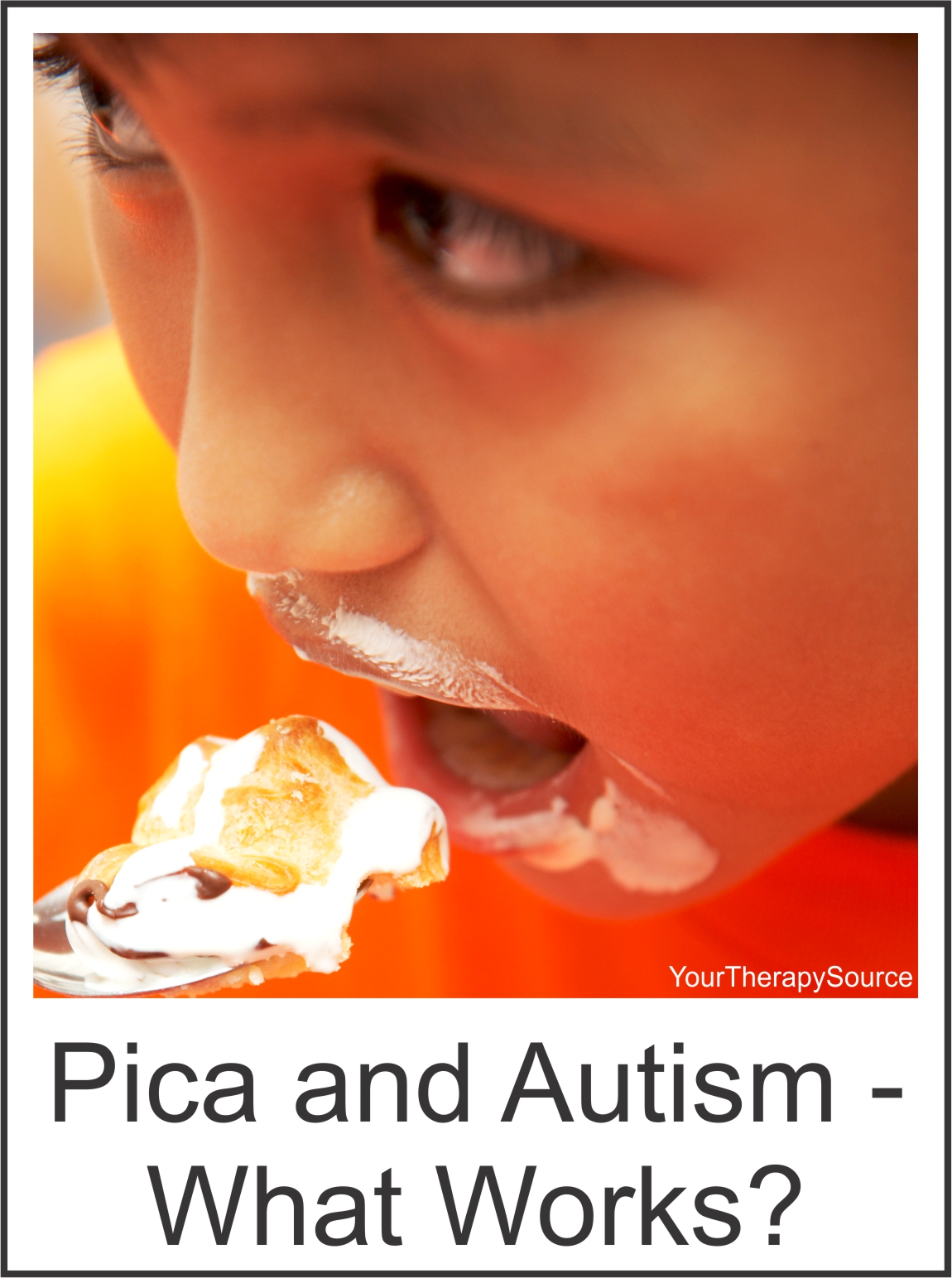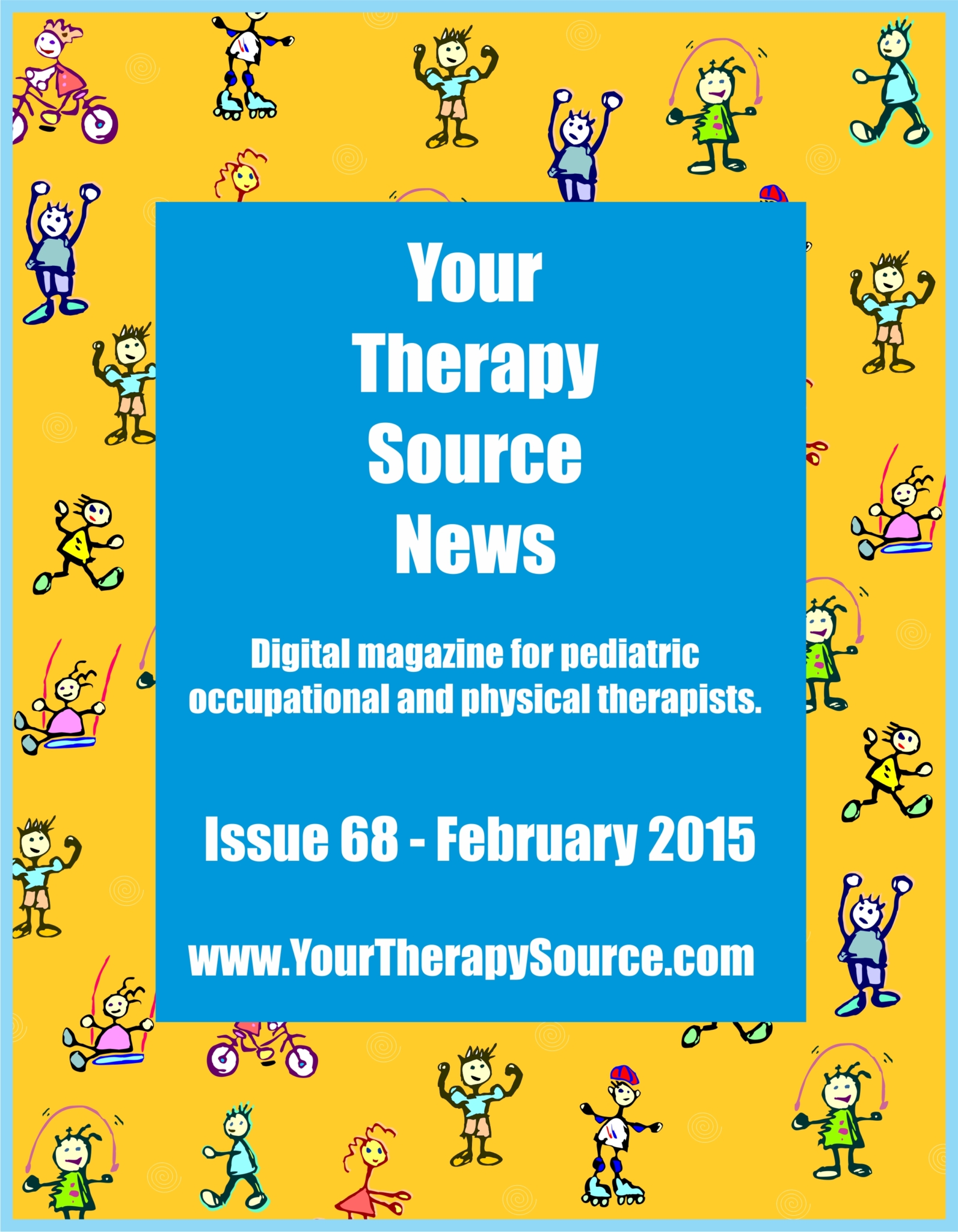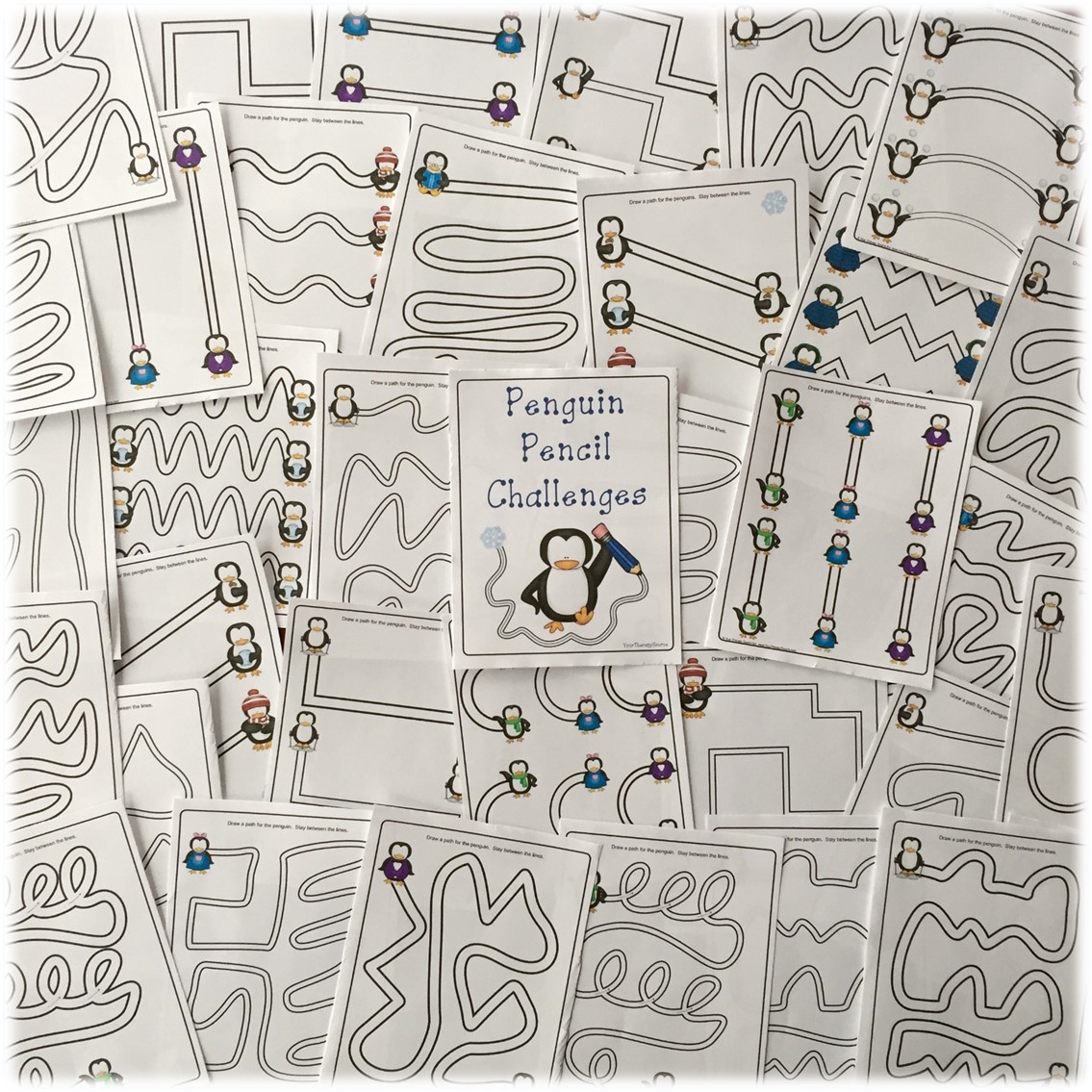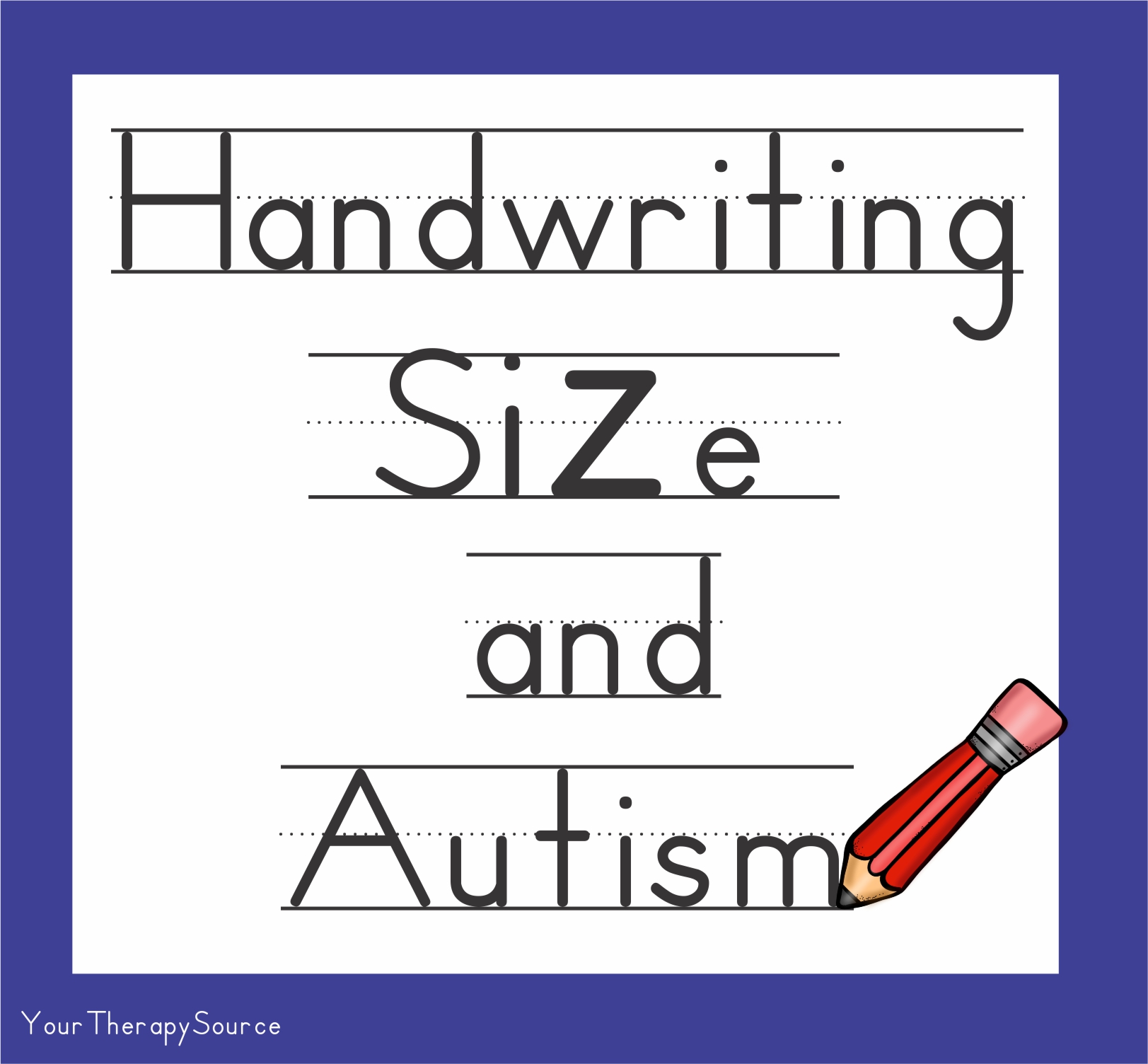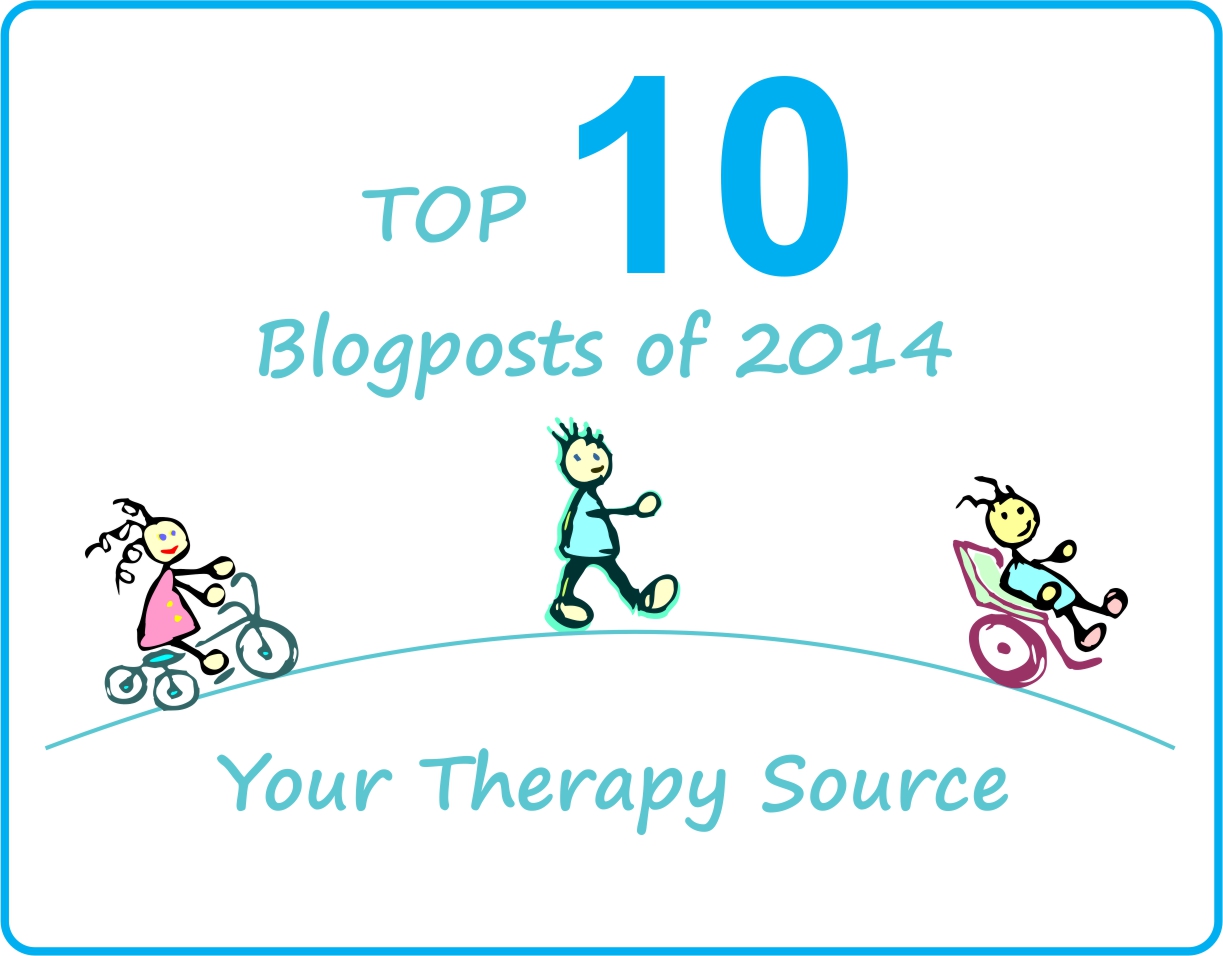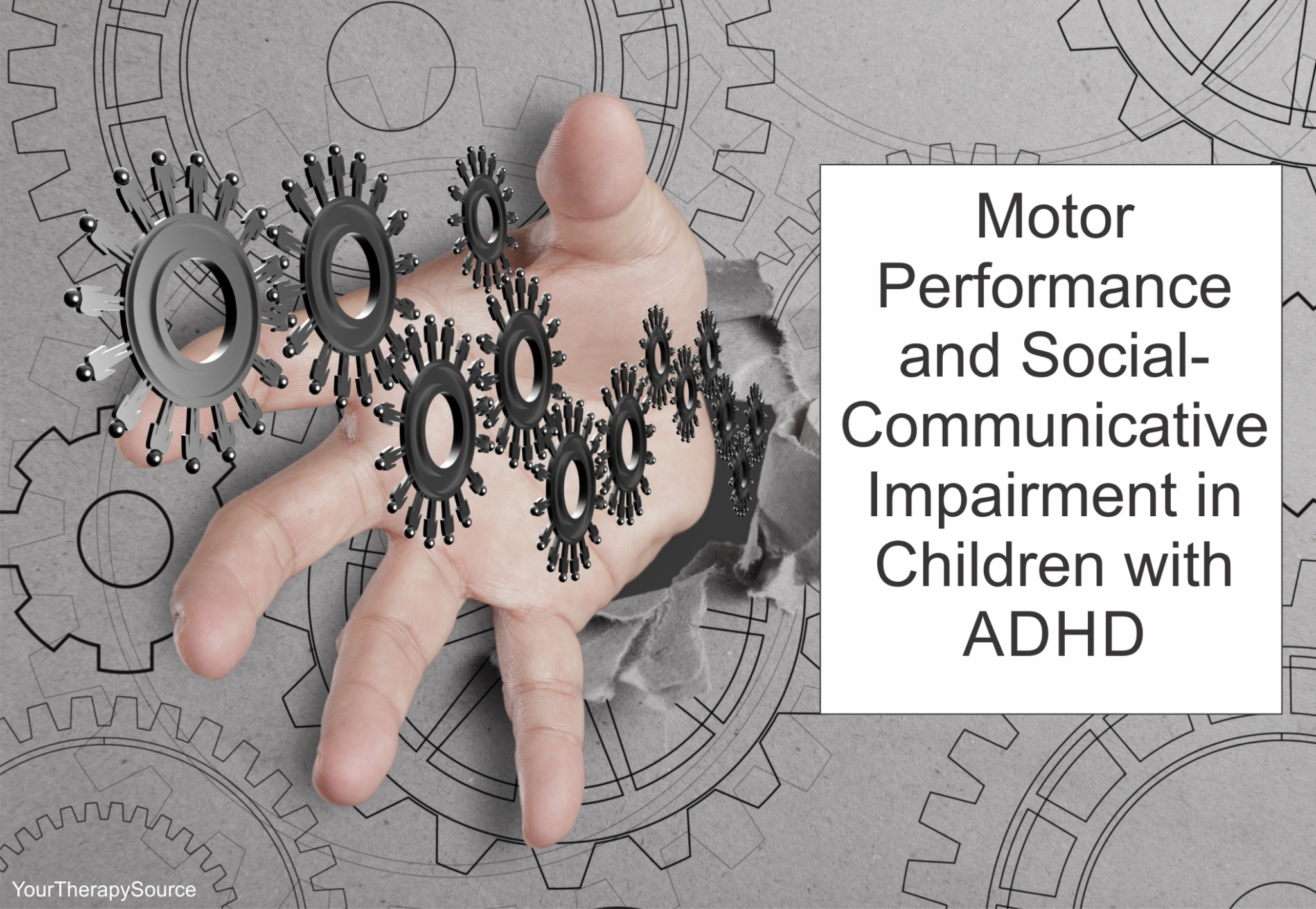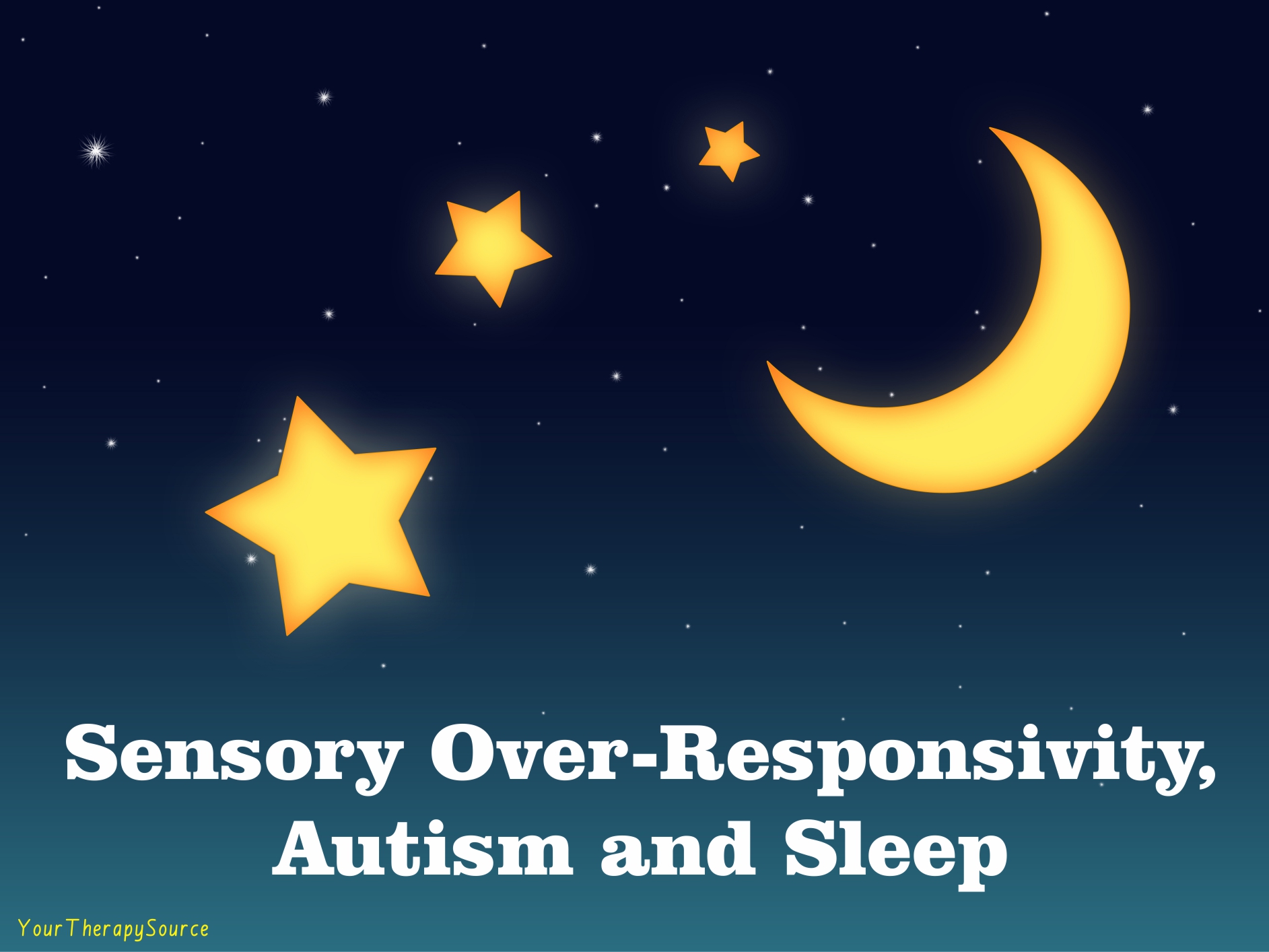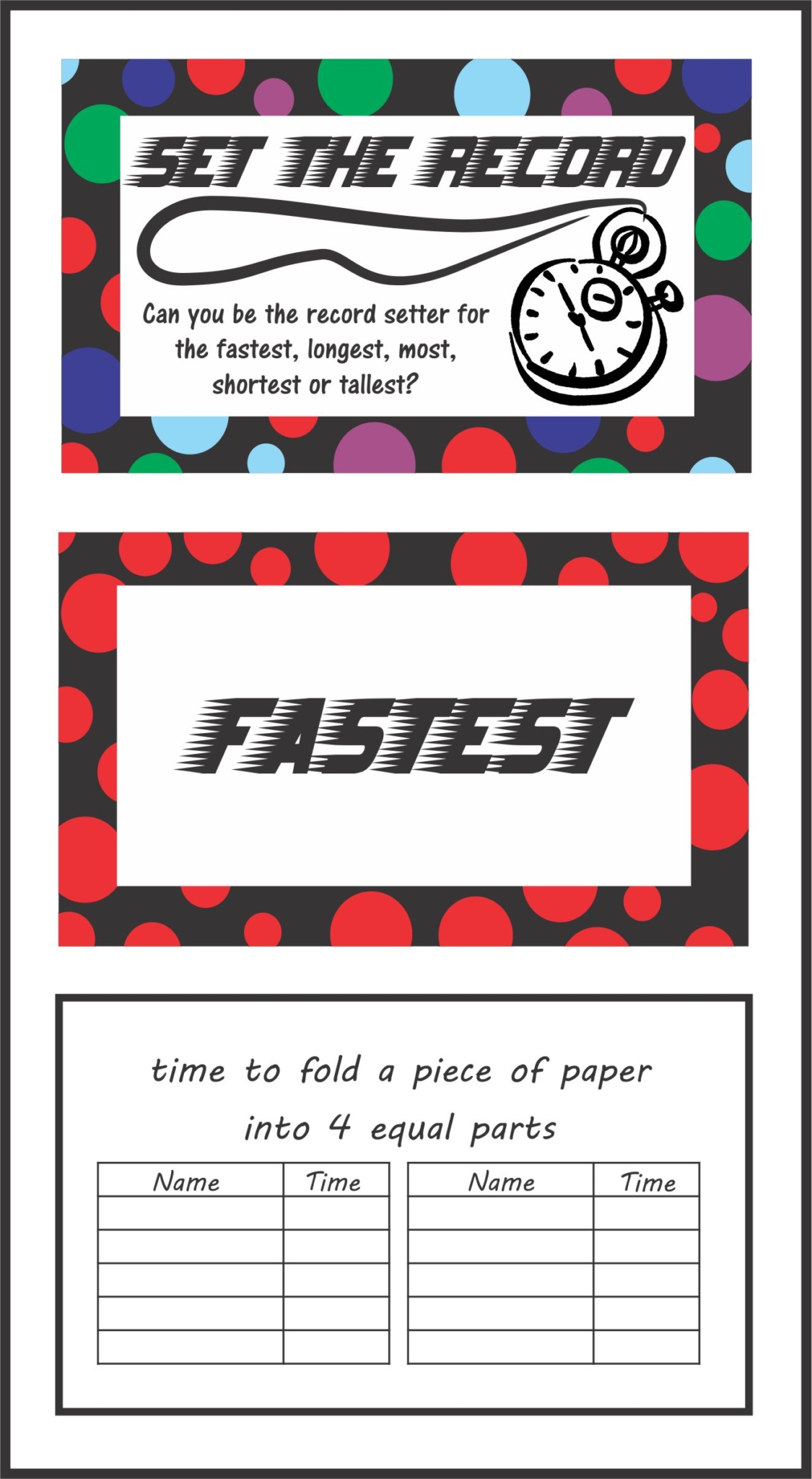Database for Rehabilitation Measures – Most are FREE!
In my Facebook feed, HeartSpace Physical Therapy for Children , shared a link to a database of over 200 rehabilitation measures. Many of them are FREE and available in PDF format. It doesn’t get any easier than that for a last minute assessment. Some of the resources are for the pediatric population so it is definitely […]

